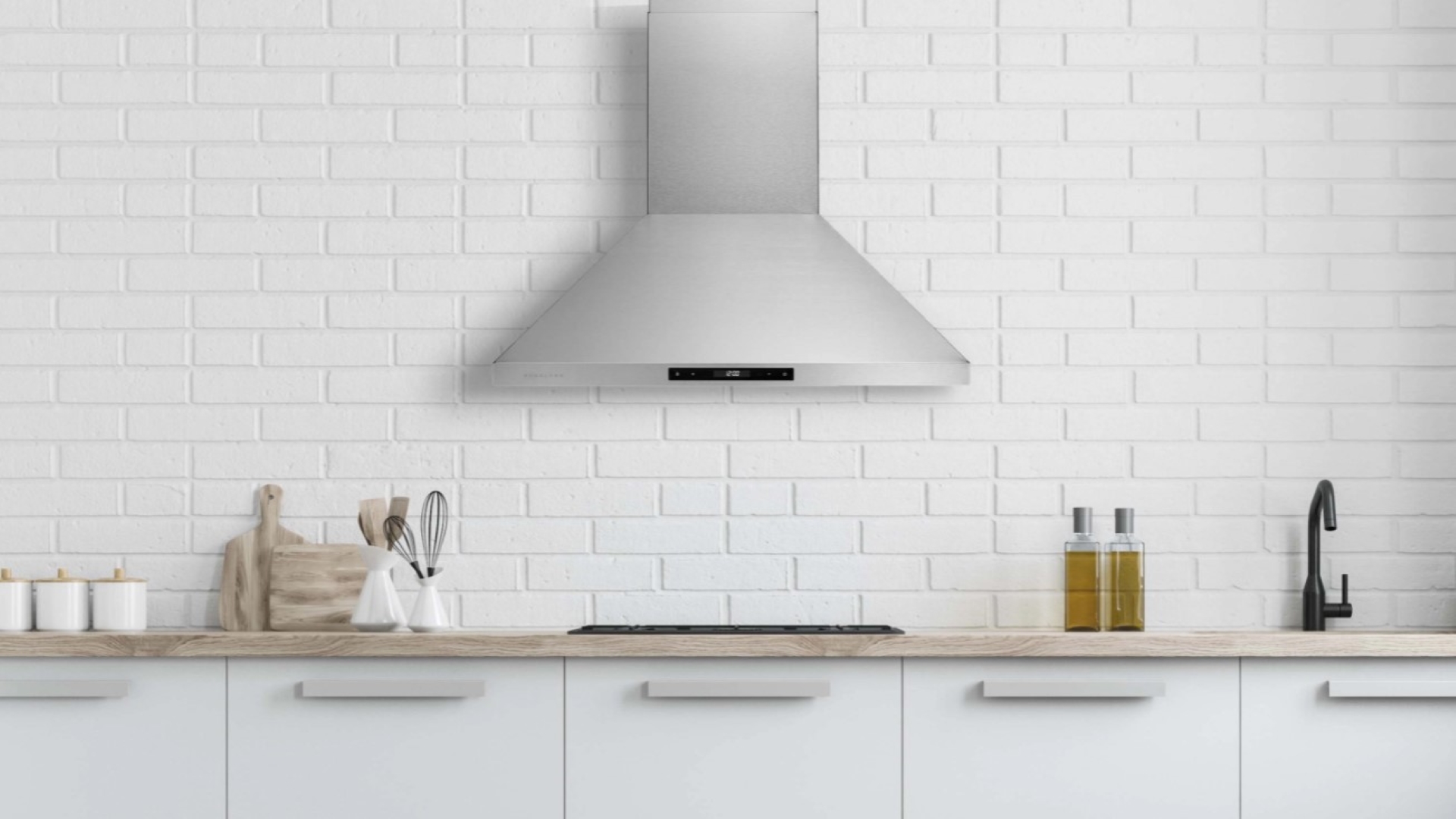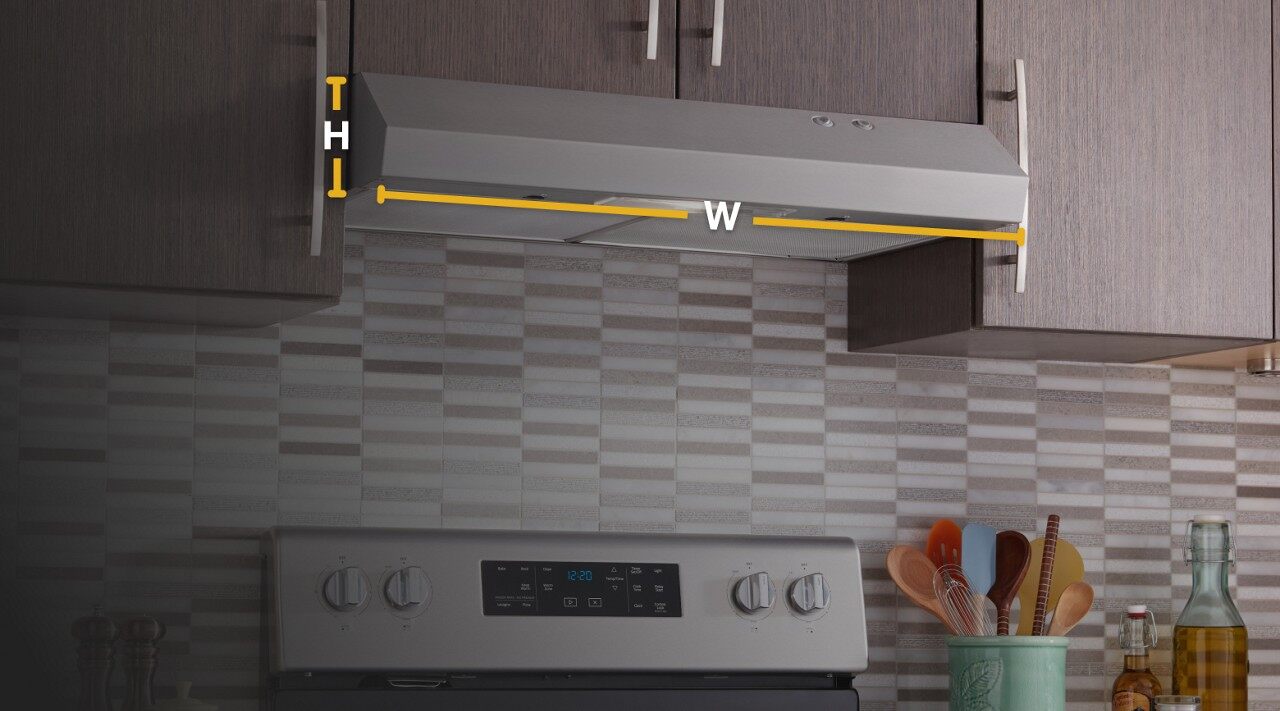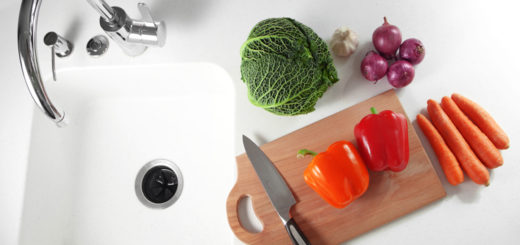The Perfect Range Hood For Your Kitchen

WHY DO I NEED A RANGE HOOD?
Kitchen range hoods are designed to collect cooking odours, moisture, airborne grease and carbon monoxide. From extracting harmful cooking fumes to protecting your cabinets from grease, a working range hood is critical for any home kitchen. However, not all hoods are created the same since they have different mechanisms for purifying the air in the kitchen. Although many designs of kitchen range hoods channel unhealthy smoke and unpleasant odor to the outside, some models work by recirculating the air to the kitchen using filters and powerful fans.
1.Improves Air Quality
Every year, an average of 4-1/2 litres of cooking fat and oil is deposited on the surfaces of walls, ceilings and cupboards of the kitchen. These deposits condense and cause discolouration as well as dulling of paint work. One of the primary benefits of installing a range hood above your cooking stove is that it eliminates toxic gases and pollutants from your kitchen, reducing the presence of germs, bacteria or mould, which can cause other secondary problems. The blower inside the range hood creates suction that extracts the polluted air from the kitchen into the range hood. In ductless models, filters capture the airborne grease particles before the purified air is circulated back to the house. For ducted hoods, the polluted air is channeled outside the house, adding more functionality to your kitchen.
2.Removes Excess Heat and Moisture
A range hood helps to remove excess heat originating from your cooking stove and steam from the food being prepared, which makes it more comfortable in your kitchen. This means you will save money on your heating and cooling systems.
WHAT SIZE OF RANGE HOOD DOES MY KITCHEN NEED?
The best range hood size for your kitchen depends on the dimensions of your cooktop and the available space above your cooktop. The ideal range hood for your space should match the width of the cooking surface to make sure it effectively catches smoke and odours from the dishes cooking below. Most ranges and vent hoods are available in 30″, 36″, 42″ and 48″ widths.

Choosing the right range hood for your kitchen also means taking CFM and BTU ratings into account. CFMs, or cubic feet per minute, measure how much air your vent can suck up in one minute. The higher the CFM rating, the more powerful the hood. BTUs, or British Thermal Units, tell you how much heat your vent can handle coming from a gas burner below. For proper venting, find a range hood with a BTU rating that matches or exceeds the BTU output from your stove.
HOW POWERFUL SHOULD THE RANGE HOOD BE FOR MY KITCHEN?
The range hood’s air movement is measured in CFM (cubic feet per minute) and heat is measured in BTUs. For high-output gas ranges or cooktops, the minimum rate of 1 CFM of ventilation per 100 BTU (British thermal units) is recommended. For example, if your burner output is 45,000 BTUs, look for a range hood that provides at least 450 CFM to best clear the air.
45,000 BTU gas stove ÷ 100 = 450 CFM range hood fan or higher
RANGE HOOD’S TYPE:
1.Island Mount:
This type of range hood often accompanies a downdraft in which attachment to an exterior wall isn’t an option. In many cases a retractable intake device is raised from the range or counter in order to pull air into exhaust ducts set below floor level. The ability to retract the range hood and the sleek nature of many island range hood models make these models slightly more stylish than many under-cabinet models.
2.Wall Mount:
Large, stylish, and professional in appearance, wall mount range hoods continue to gain popularity among homeowners. Often used on exterior walls when a cabinet isn’t available, wall mount range hoods resemble an upside-down chimney in appearance. Stainless steel finishes are common on wall mount range hoods.
3.Under-Cabinet:
Traditional and usually the least expensive type of range hoods, under-cabinet range hoods are, in fact, usually mounted under a wall cabinet and attached to an exterior wall. In many models, air is pulled out of the kitchen through an exhaust duct in the exterior wall. As a general rule, under-cabinet models aren’t decorative or trendy.
4.Microwave Oven / Range Hood Combo:
Combo units save space, but they are not very efficient. Most of the space inside the unit is taken by the microwave oven and little space is left for the blower. The CFM levels are very low and not recommendable for GAS COOKTOPS.
5.Buying a Built-In/ Insert Blower Type Hood:
In these hoods the fan isn’t visible (only the bottom plate is visible), and have a wood or metal hood with an opening in the middle for the built-in exhaust fan. For complete range hood installation, you will need to insert a blower and liner (duct size is determined by the chosen blower).
6.Ducted or Re-Circulating (Non-Ducted):
When you install range hoods, they can be either ducted to the outside or set up to recirculate the air within the kitchen. Most models can be converted to ductless range hoods. You will need to purchase an additional charcoal filter set, or ductless kit. With the re-circulation option, most (not everything) of the grease and smells should be trapped by a special carbon filter. Moist air will still contribute to condensation problems and some smells may escape. However, with external ducting, the process of removing a lot of hot air quickly does mean the room gets a little cooler.



